Living Lakes Canada encourages Basin communities to attend Columbia River Treaty meetings

Lake Koocanusa is a reservoir formed by the Libby Dam that’s a part of the Columbia River Treaty. LLC Photo
Starting in the 1930s, the construction of dams on the Columbia River transformed a wild waterway into a controlled system of reservoirs managed by the largest international flood control and power generation agreement between Canada and the United States known as the Columbia River Treaty (CRT).
On May 29, 2018, negotiations began between Canada and the U.S. to renew the CRT, and a series of Community Meetings to gather public input is slated to start in the Columbia Basin on June 11. According to Living Lakes Canada Executive Director Kat Hartwig, it’s time “to look beyond just the river.”
Hartwig attended a special one-day symposium on the future of the CRT on May 28 in Victoria, B.C. as part of the CWRA 2018 National Conference (Canadian Water Resources Association).
“The negotiations are seen as opportunity to modernize the CRT, and that greater emphasis should be placed on watershed-based ecosystem function and health,” she said. “Living Lakes Canada (LLC) is interested in the monitoring and health of the tributaries and high elevation lakes that feed into the Columbia River. Climate-related increased glacial melt will impact the amount and timing of water contributing to the river, which is both relevant to the CRT dialogue, as well as the understanding of the health of the watershed as a whole.”
Out of the symposium came pressing recommendations for the CRT negotiations. Namely, to restore wild stock salmon (in support of the united transboundary First Nations and Tribes calling for the return of salmon to the Upper Columbia); to re-establish a more natural river system through ecosystem-based management that includes local community leaders, First Nations/Tribes, and other key stakeholders; to commit to a holistic view of the Columbia River as if no borders existed; to address climate change through developing more resiliency for aquatic and riparian communities; and to create a binational science panel to oversee comprehensive water quality and ecosystem based monitoring programs and scientific investigations.
“Living Lakes Canada is encouraging people to attend the CRT Community Meetings in June to get a better understanding why community-based water monitoring is important if a modernized treaty is going to take ecosystem health into account,” said Hartwig.
The Columbia River Treaty Community Meeting series is hosted by the provincial government and will take place at nine locations in the Upper Columbia Basin between June 11 and 21. The meetings will provide an update on Columbia River Treaty negotiations between Canada and the United States, and host discussions on important community interests that should be considered during the negotiations.
“A renewed treaty needs to examine environmental flows for fish which means understanding what is happening in the tributaries, and this data collection can and is being collected in collaboration with First Nations and non-First Nations community-based water monitoring groups,” Hartwig said..
For locations and dates of the community meetings, visit http://engage.gov.bc.ca/columbiarivertreaty/.





